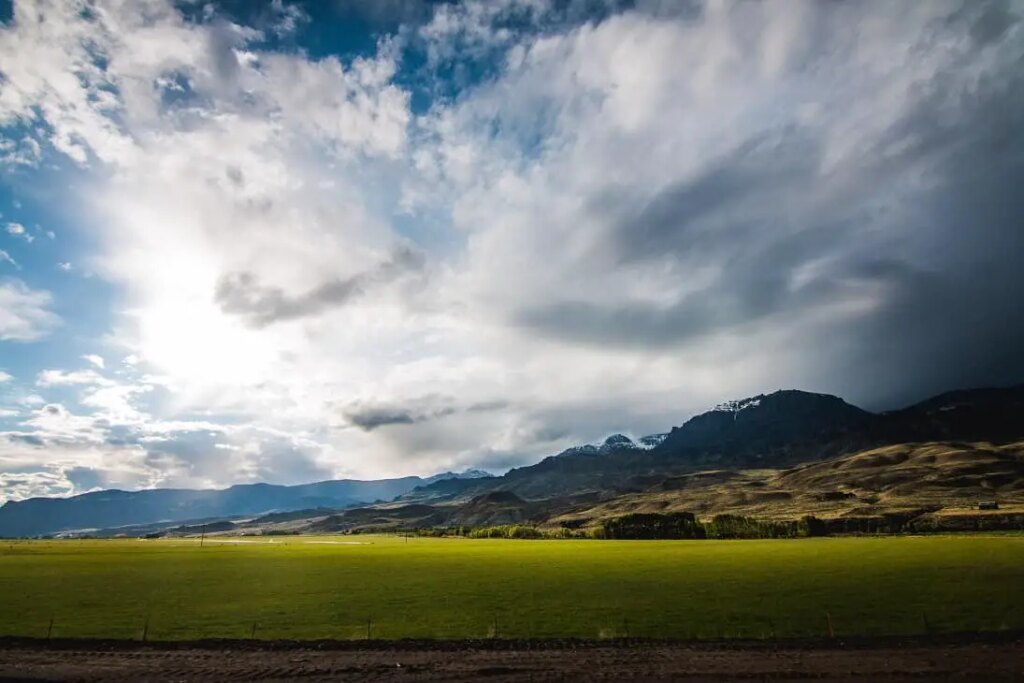How to Help Save the Environment: 27 Best Things You Can Do

This article has everything you need to know about how to help save the environment.
Taking the initiative to preserve and reuse resources is among the best things you can do to protect the environment and it is easier than you think. Start gradually and do your part, increasing your daily habits. To make your contribution, try to reduce water and energy consumption; change your diet and transport to preserve natural resources; reduce, reuse and recycle to better respect the ecosystem.
Once you achieve a more sustainable lifestyle, you can even become involved in awareness-raising and knowledge initiatives so others can do the same.
How to Help Save the Environment:
1. Adjust your home’s internal temperature.
If possible, set the heating or air-con system to a temperature that’s barely lower or higher than the outside temperature. In this way, the equipment doesn’t need to load. What’s more, the warmer the radiator, the costlier it’s; the same goes for air-con: the colder it’s, the higher the bill.
2. Use an old washing line rather than a dryer.
Dryers are some of the most energy-intensive appliances in most homes, after fridges and air conditioners. Be aware that air-dried clothes smell fresher and are more environmentally friendly.
3. Turn off all electrical devices when not needed.
A good rule of thumb is to turn off electrical devices when you’re not using them. This applies to lamps, TVs, computers, printers, video game consoles and so on.
4. Use LED lights.
LED bulbs cost more than regular bulbs, but the benefits outweigh the costs. They use 25-85% less energy, last 3-25% longer and are environmentally friendly.
5. Do the laundry in the machine only with a full load.
Using the washing machine for only a few dirty clothes will waste water and electricity. Save and reduce electricity by starting the machine when the basket is full.
6. Choose an energy efficient kitchen faucet.
Consider installing faucets and nozzles with low water consumption in your kitchen and bathroom, overhead showers in showers, and water-saving in all bathrooms in your home. Low-flow showerheads can cost over €10.00, but can reduce water consumption by 30-50%.
7. Choose consciously to reduce water consumption.
By reducing water wastage, you won’t only help protect water resources for future generations, but you can even save on bills.
8. Measure the energy consumed by your device.
You can purchase an electricity meter. Just connect the device to the meter to determine the power consumption. Not only does it detect how many kilowatts the device consumes when it is turned on, but it also tells you whether the device will continue to consume power when it is turned off.
9. Be a careful consumer of waste.
Before buying a product, ask yourself what impact it will have on people and the environment. Reflect on your purchases when you bought a large jar of jam, when you bought packaged in a jar, and when you needed to choose an eco-friendly car. But do not stress. Start gradually.
10. Turn on the dishwasher only when it’s full.
This machine consumes not only lots of water, but also lots of electricity to heat the water. If you only use it when fully charged, you can save an average of $30 on your bill and reduce your CO² emissions.
11. Give up home goods you no longer use so someone else can recycle them.
Instead of throwing it away, consider selling it or giving it to someone who can use it. Give clothes and home goods in good condition to charities or voluntary organizations.
12. Use public transportation.
If you live in an area of public transportation such as the bus, tram, or metro, consider these other options for getting to work, school, or other places in town. By choosing public transit over the car, you’ll help reduce traffic and use of non-renewable resources such as gasoline.
13. Don’t waste your food.
Organize yourself so you do not cook more than you think you’ll eat. Save the leftovers and use them for the next meal. If you waste lots of food, for example after a party, share it with friends or neighbors.
14. Dispose of hazardous waste properly.
Many materials including fluorescent lamps, detergents, pharmaceuticals, pesticides, vehicle fluids, paint and electronic waste (including batteries and plugs) must be disposed of properly. Never throw it away as it’s in a landfill, sewer or manhole cover.
15. Choose paper products created from 80-100% recycled materials.
If the product is made nearly totally from post-consumer materials, even better. However, even in this case, do not overdo it. Use toilet paper, handkerchiefs and paper towels sparingly.
16. Use recyclable items to reduce landfill.
While single-use items are very affordable, avoid anything designed for one-time use and disposal, as this not only helps increase the amount of waste, but ends up being costlier.
17. If you have a swimming pool, cover it when not in use.
This will significantly reduce evaporation and you’ll need less water to refill it. The more water that evaporates, the more you’ll need to keep the tank full. Uncovered, you’ll use 30-50% more water.
18. Turn useless junk into fun and sweet or new and original items.
Recycling is fun and valuable. Instead of throwing away, use new items for unused items, make jewellery, home accessories, or clothing.
19. Processes to generate less waste.
Try to recycle glass, metal, plastic and paper products as much as possible. If there’s a selective waste collection service in your municipality, use it. If you do not have one otherwise you need to get rid of a special item, go to a special rubbish collection point.
20. Eat less meat and dairy products.
The production of this food requires a high consumption of resources. Reducing consumption of meat and dairy products by increasing consumption of vegetables is one way to protect the environment and maintain health.
21. Buy local food to reduce contamination caused by food transportation.
Transporting food from remote locations requires energy and resources which are wasted, as food is transported by truck, train, plane or ship – all of which are contaminants. In addition, local products are fresher so they’ve a higher nutritional value.
22. Organizing car pooling services to go to work or school.
Arrange with one or two people to go to work or make arrangements with other parents to take your child to school. In this way, you’ll help the environment by saving fuel and avoiding unnecessary maintenance costs for the machine. I agree with other parents to accompany their kids to school or after-school activities.
23. Plan diverse tasks and prepare appropriate actions.
It is much more effective to develop a route that will let you make all the required stops to your advantage. This way the trips will be somewhat longer, but small and well organized, so you’ll avoid traveling over and over on the same road.
24. Buy an electrical car if you want a new vehicle.
You can even consider a hybrid car equipped with gasoline and electrical motors. Not only does it produce less pollution, but it also saves you money because you do not need as much gas.
25. Donate to protect the environment.
There are hundreds of organizations working on ecosystem issues. Choose one that reflects your vision and provides you money to help you achieve your goals.
26. As a volunteer in your spare time, promote greening of the environment.
You can help by collecting trash, repairing bicycles, planting trees, planting gardens, cleaning rivers and raising awareness. Find activities that match your interests and try to make a contribution.
27. Join an environmental organization.
Choose an association committed to environmental interests and protection such as Greenpeace, WWF or Friends of the Earth and become a support member. You can choose an ecosystem conservation organization in a broad sense or a group with a particular mission.
I want to thank you for taking the time to read my article on how to help save the environment. I actually hope that its content has been of good help to you.







